Dear Sir,
I have just obtained a copy of your November issue which has just found its way into my local bookshop.
I was greatly interested in the article about the Battle of Midway, as I have always held the view that Midway was the turning point of the war in the Pacific.
The part played by Admiral Spruance was a masterful instance of naval strategy and to have defeated an overwhelmingly more powerful adversary by the judicious use of his aircraft must surely have been the outstanding example of naval strategy during WWII.
My other interest in Midway stems from the fact that we here in Australia could not have, in my opinion, successfully resisted the magnitude of the combined naval, military, and air force might that Yamamoto could have thrown against us had he been able to have first disposed of the U.S. Pacific Fleet.
Although our sailors, soldiers, and airmen fought with great distinction in the southwest Pacific area, we simply did not have the numbers of men and the volume of heavy equipment necessary to have resisted a rampant Japan, and for the part played by the United States in saving us from Japanese occupation with its attendant brutality and horror I shall be grateful until the day I die.
I might also add that I found all the other articles in WWII History to be very interesting and I look forward to future issues.
Michael Kerrigan
Dear Editor:
Thank you for Sam McGowan’s article on the Fifth Air Force. I enjoyed it very much. My father was one of General Kenney’s “operators,” flying in a B-25 named Dirty Dora, beginning in mid-1942. My childhood was enlivened by the stories he and his fellow flyers from the Fifth Air Force would tell us kids, including tales of the legendary Pappy Gunn. (Once, when experimenting with upgunning a B-25, Colonel Gunn added so many .50-caliber machine guns to the plane that a test-firing of all guns at once caused hundreds of the rivets holding the aircraft together to pop apart, rendering the plane useless for flight!)
It’s amazing, looking back, how many of the men of the Fifth ended up settling in California after the war, and they all kept in touch. Many, like my father, were appointed by Governor Earl Warren to various law enforcement posts, the governor being respectful of their honesty and courage, which had been proven time and again in the hellish environment that was New Guinea.
There was no “ticket home” for combat wounds in that theater of war, unless the injury was life-threatening. My father was shot up so badly that he spent months in a hospital in Perth, Australia, and he went back into combat when he finally got out. Replacements were so rare that the rules that applied in Europe and North Africa were ignored in New Guinea, and most of the time the men themselves were the instigators in being reassigned to combat missions.
[Mr. Styler enclosed a photograph of a rug his father made while convalescing from his wounds in Australia. It took hundreds of hours to make and bears the Fifth Air Force insignia. It is evidence of his father’s fierce loyalty to the Fifth and General Kenney. Unfortunately, we are not able to print the photo here.—Ed.]
In 1947, when General Kenney was sent to Washington to head the new United States Air Force, he asked my dad to join him, but I had just been born, and he was enjoying life as a lawman in California. I never met General Kenney, but I never heard any of the Fifth Air Force veterans say a negative word about him. He was one in a million.
Sadly, my father passed away a couple of years ago. To honor him and the other heroes of the Fifth Air Force, I am assembling a collection of anecdotal personal histories. Each man’s story contains gems that otherwise will be lost, and are seldom included in the more traditional histories of war. To me, they are much more important, because they show how it was on a day-to-day basis, living and fighting in an environment little understood by those who were not there. For example, some of the veterans have told me of their friendships with the local headhunters, who were not fans of the Japanese at all. Many a Japanese soldier vanished in the jungle, only to have his head appear at Port Moresby to be traded for a bottle of Australian beer!
Any help you can give me in getting the word out to the survivors of the Fifth Air Force will be greatly appreciated. I’m on the Internet, at [email protected], and also can be reached by snail mail at 2604 Echo Way, Sacramento, CA 95821-3434. Keep up the great work! That’s quite some magazine you put out!
Gordon Style
Dear Editor,
I am writing in response to David H. Lippman’s very extensive article on the defense of Hong Kong in the January 2003 edition of WWII History.
I was quite dismayed when I read that the highest ranking Canadian officer at the Repulse Bay Hotel was in fact drunk and singing “The Maple Leaf Forever” when relieved by Major Templer, a British officer sent by Major General Maltby. I’m surprised that Mr. Lippman would not have done more exhaustive research before he put this in print. Maltby’s report on the defense of Hong Kong was not even submitted to the War Office until late 1945 and he admitted in his first draft that he relied very little on Canadian sources, including no first-hand accounts of Canadians who were at the hotel. His information came from conversations with a guest of the hotel before the telephone lines were cut and from his own British staff.
The officer commanding “A” Company, The Royal Rifles of Canada, the highest ranking officer who Major Templer relieved, was Major Charles Young, a World War I veteran, decorated with the Military Cross for gallantry, who in fact commanded the battalion from 1934 to 1937, and who came out of retirement to volunteer for active duty in WWII at the reduced rank of major.
He and the remnants of his Coy were surrounded by the Japanese when the order came to abandon the hotel. With a small party of 34, he made out for Stanley and actually held out for three days following the official surrender of the island. To conclude, there was a drunk rifleman in the hotel who was left behind with the hurried withdrawal, but it was not the highest ranking officer.
Tim Stewart CD, Historian
The Toronto Scottish Regiment
Toronto, Canada
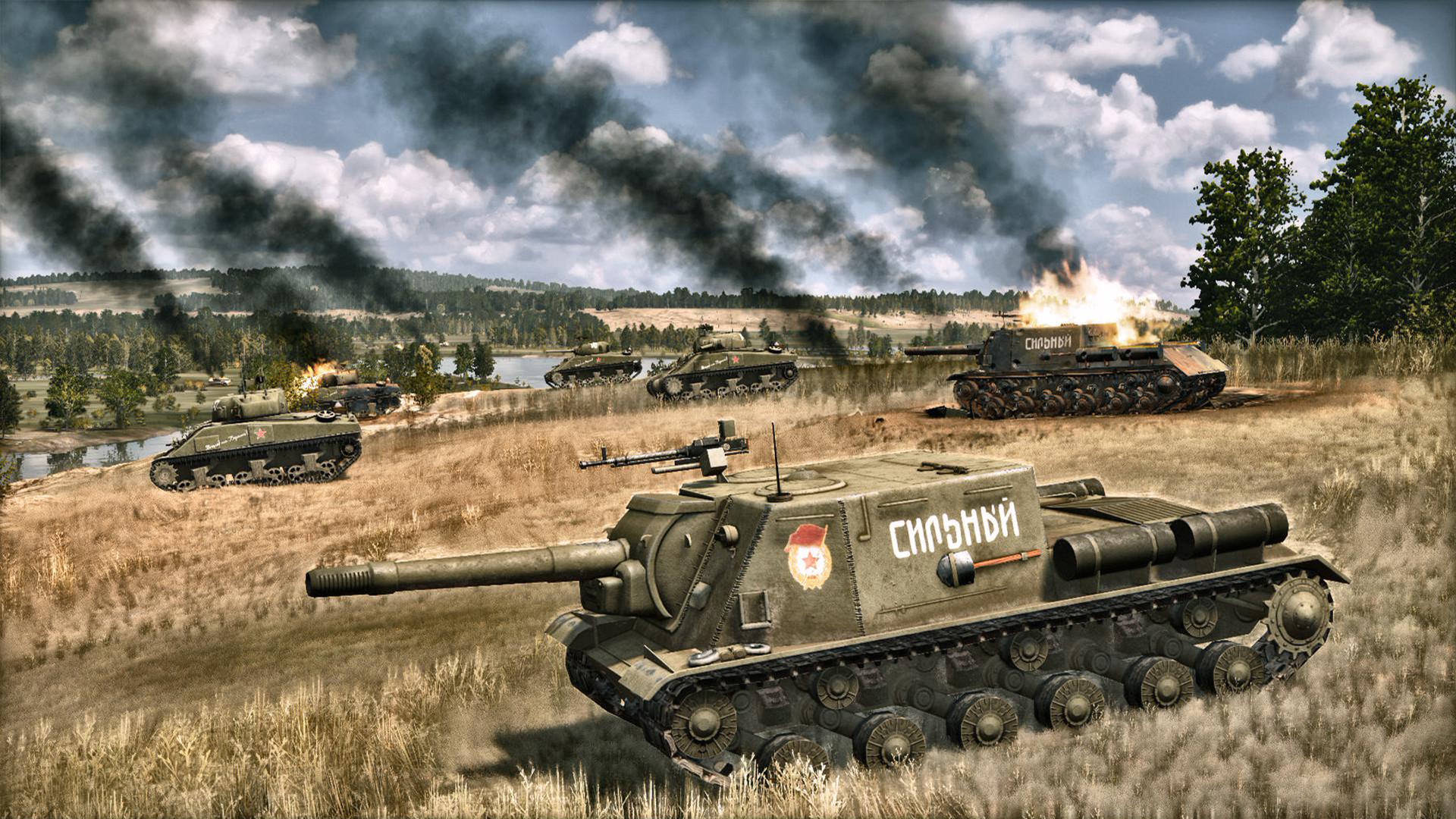
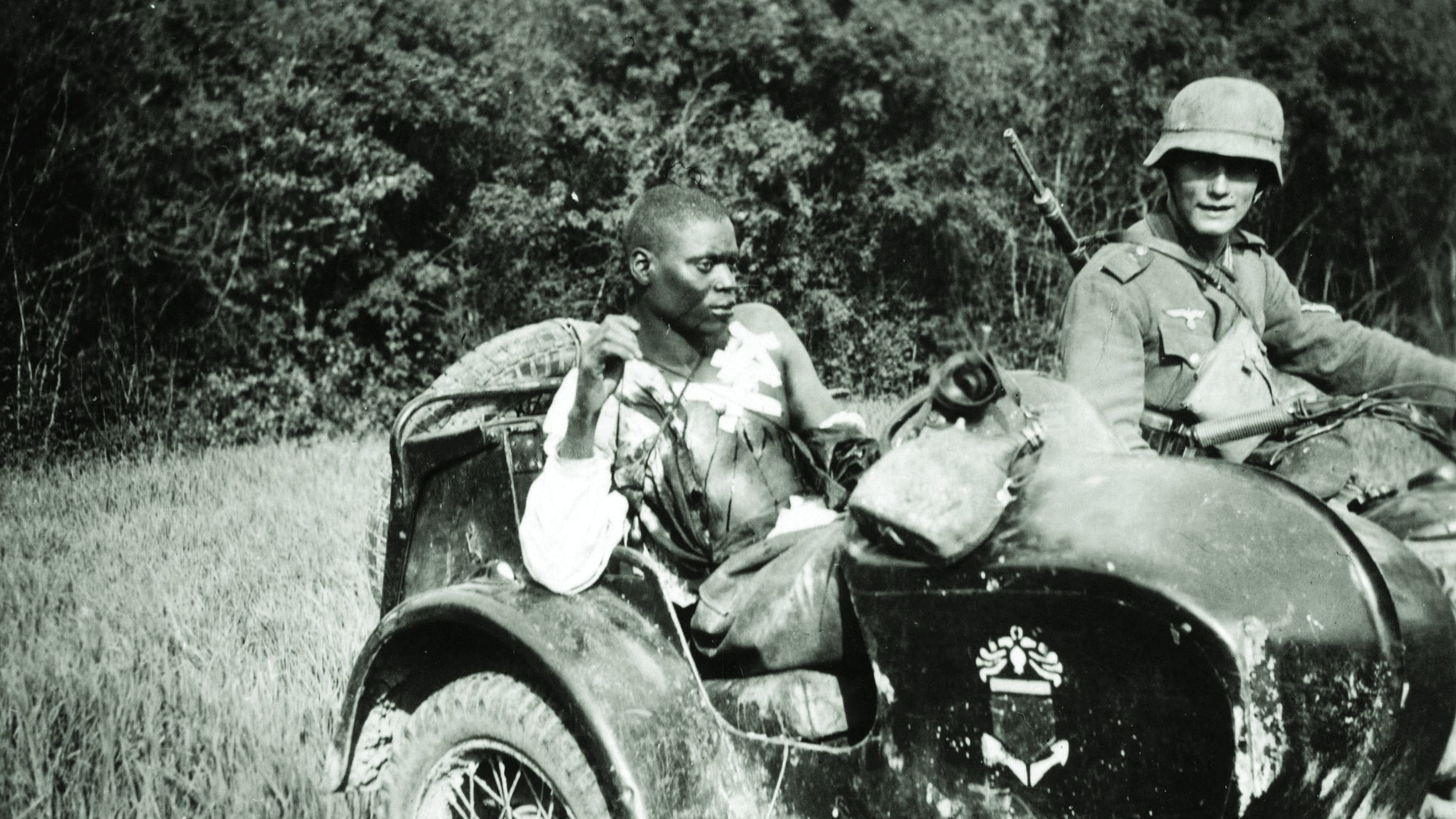
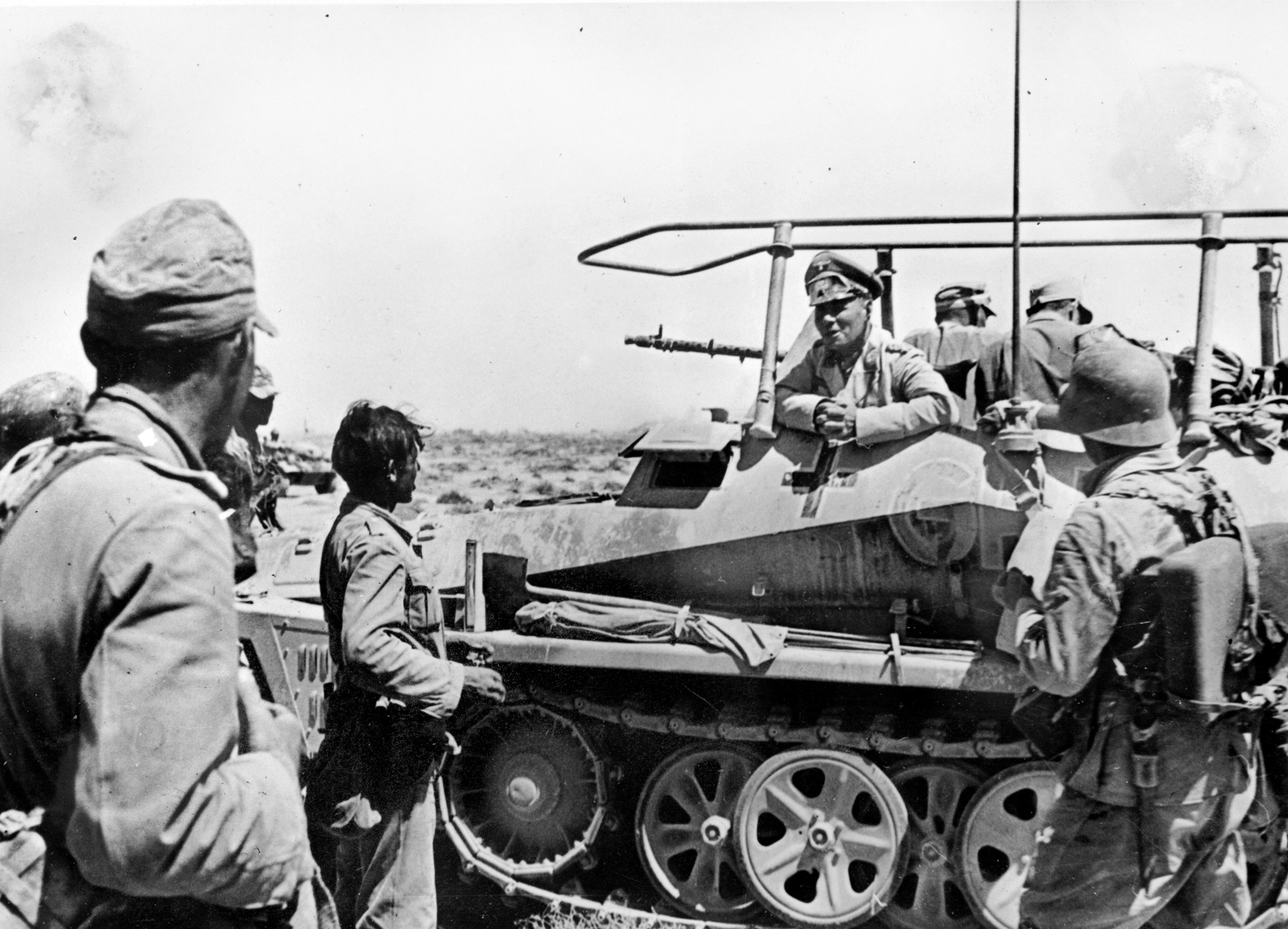
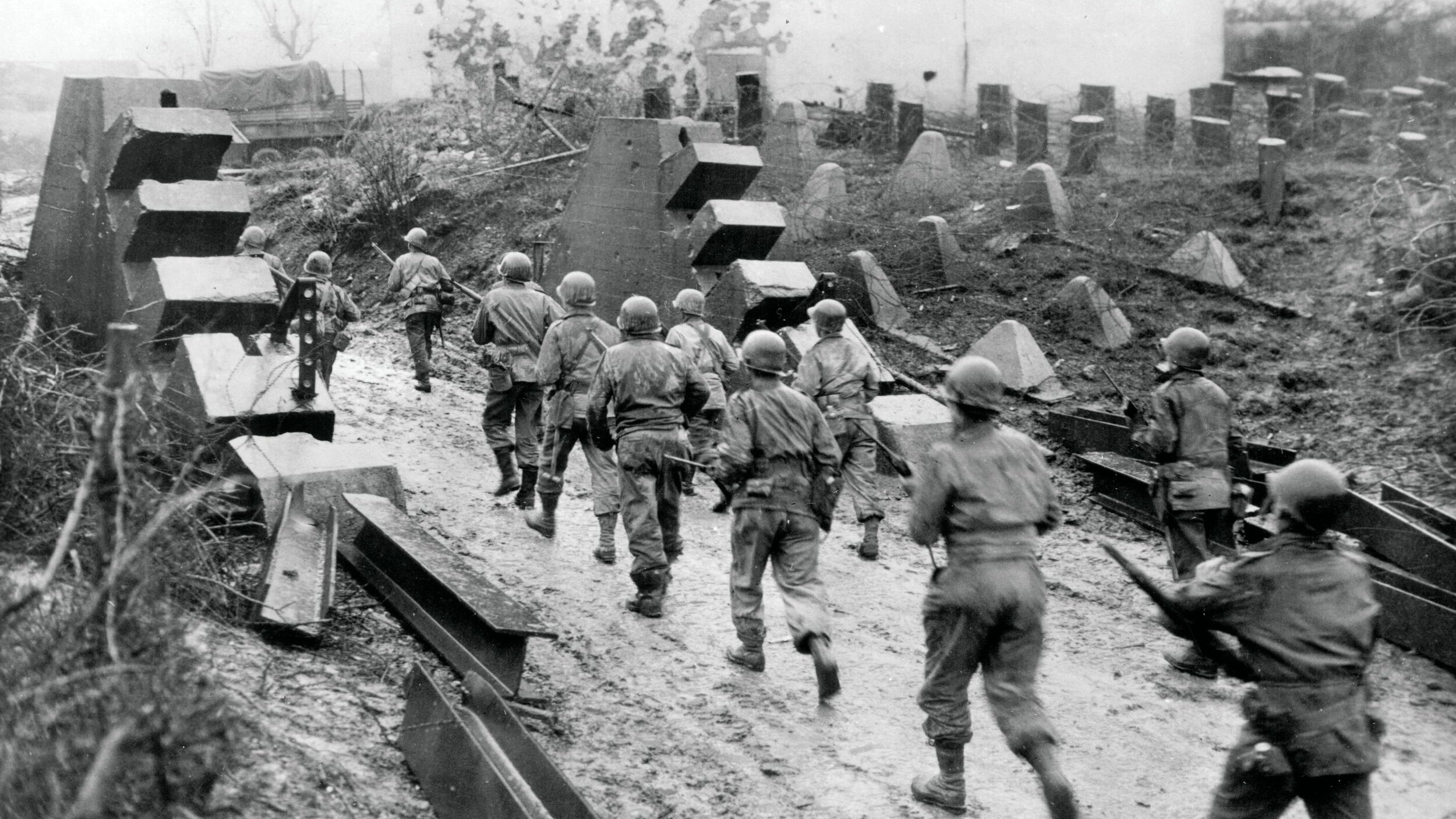
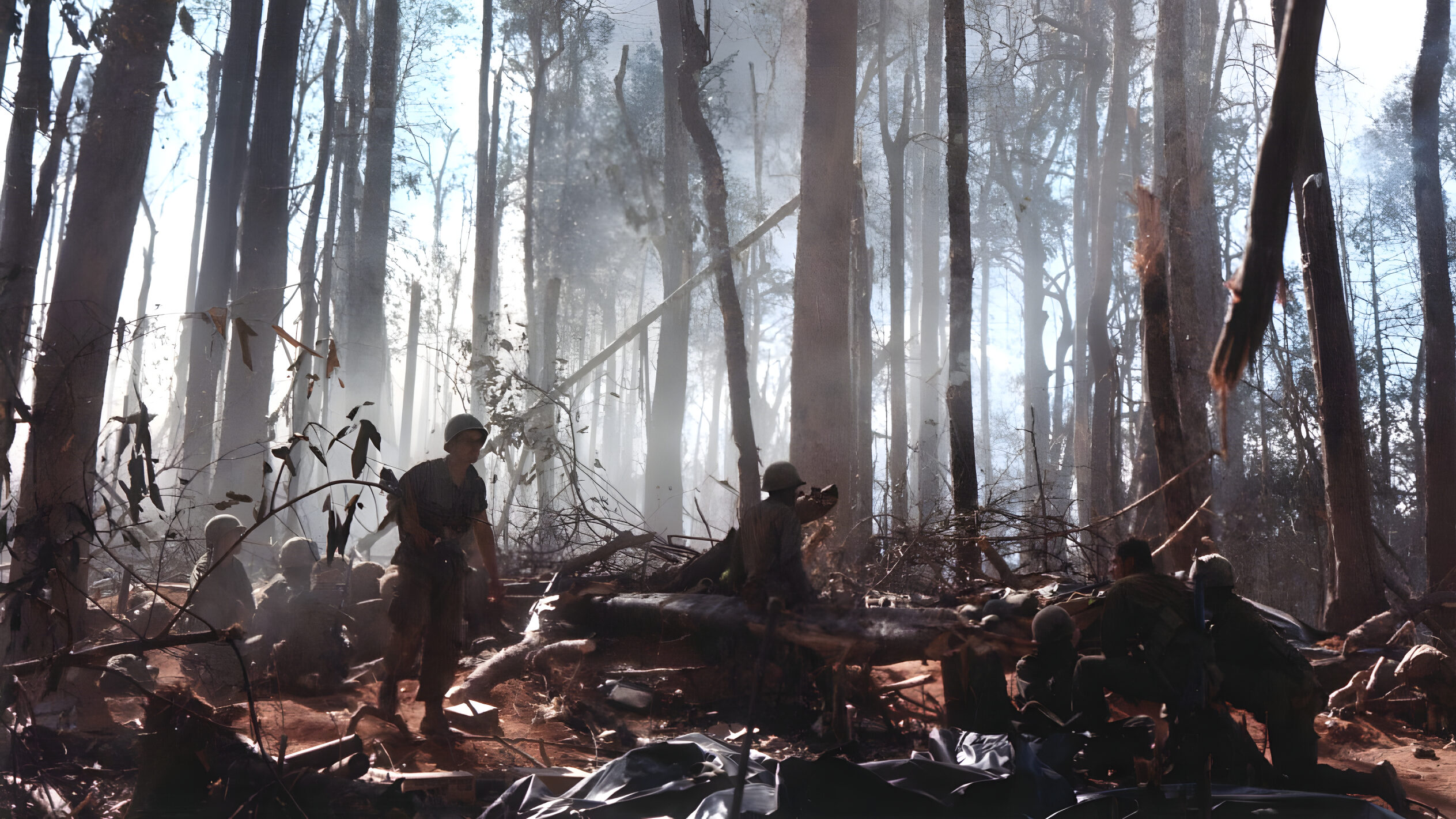
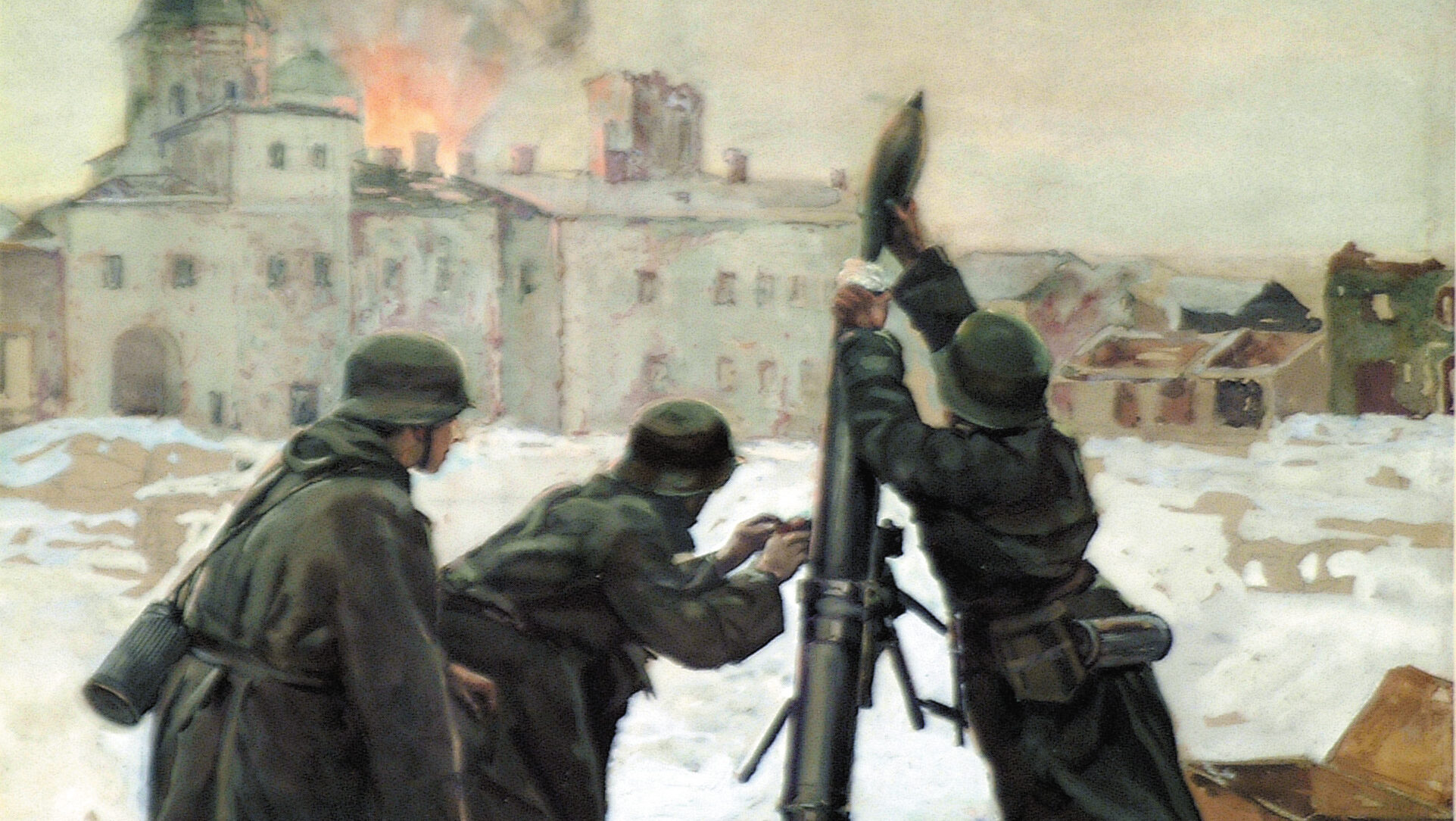
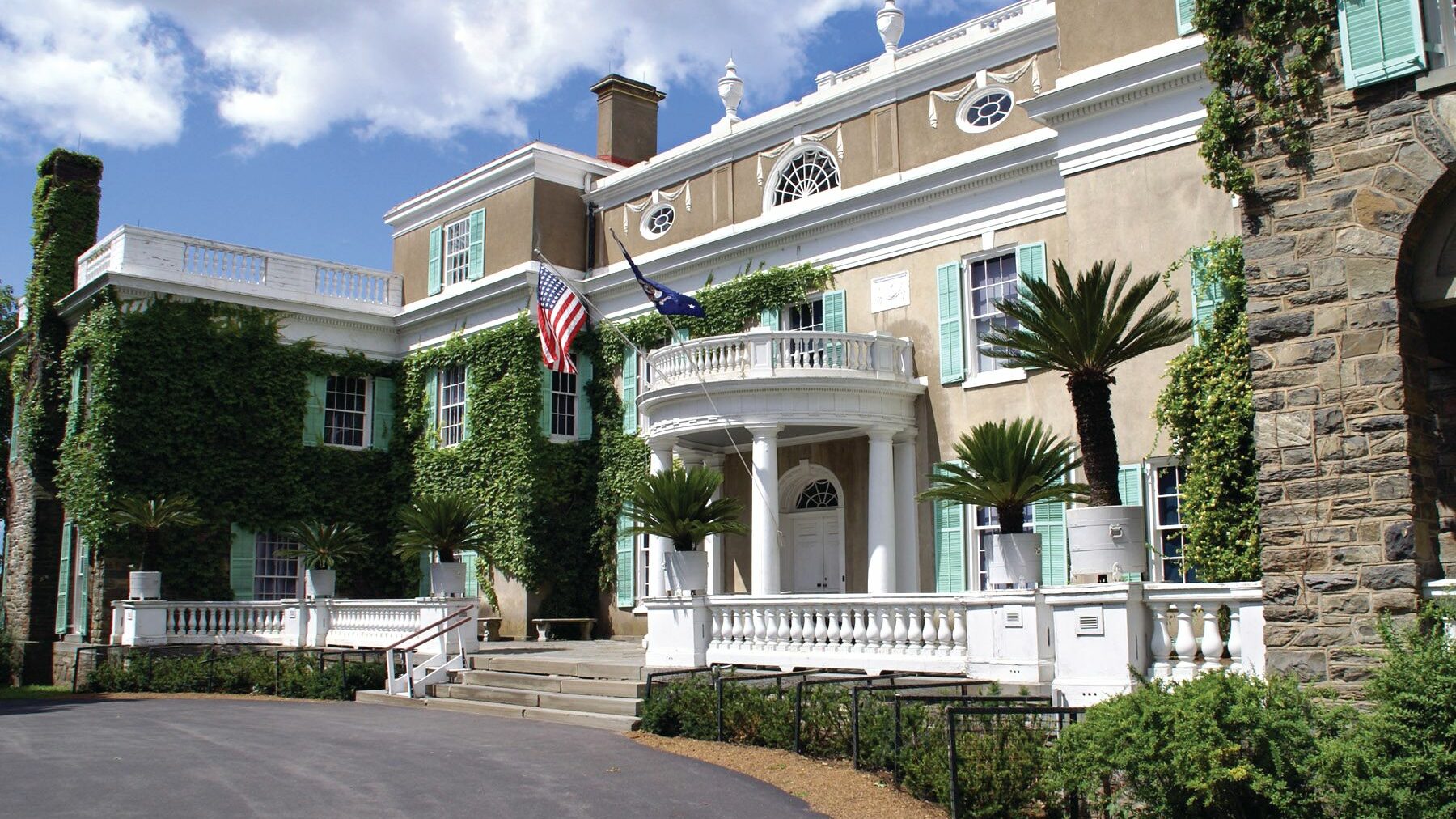
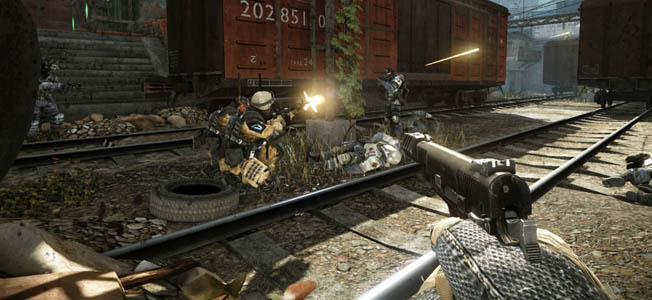
I would like to respond to Tim Stewart’s comment on my reference.
I have done a good deal of research on the Battle of Hong Kong, which included visiting the actual battlefield at Shing Mun Redoubt and the Commonwealth War Cemeteries there — a more moving and upsetting sight I have rarely beheld. So many lives lost in a terrible defeat and in dreadful captivity thereafter.
However, I did not have access to the history of the Royal Rifles of Canada when I wrote that article. If I did, I’m sure I would addressed that issue properly. It is very unfortunate that despite my best efforts, it is difficult for an American living in New York to get good accounts of a battle fought by Canadians, at any time. If I did not know Canadian historian Mark Zuehlke personally, for example, I would not have all of his books.
To write that article, I had to rely on these books: “Desperate Siege,” “The Lasting Honour,” “Long NIght’s Journey Into Day,” and the Official History of the Canadian Army in World War II, a copy of “After the Battle” magazine with a feature on Hong Kong, along with my own notes on the battlefields.
I apologize to Mr. Stewart, the Toronto Scottish Regiment, and the Royal Rifles of Canada for this mistake. I do all my writing and researching myself, and, unlike university historians and major authors like the late Walter Lord and David McCullough, lack a staff of interns and students to do my legwork for me. That means I have to accomplish the task while maintaining a full-time job. I pride myself on accuracy, and when I post my web page on this battle some time from now, I will make the appropriate changes — and additions — to this story.
I must add that visiting the Shing Mun Redoubt proved a bizarre experience in one way. While I stood in the main bunker, a group of about four Chinese men walked into it, lugging what appeared to be assault rifles. For a moment, I thought I had blundered into a Triad gang, and my life was about to end.
One of them asked me if I had seen “the enemy.”
The enemy?
“We’re playing paintball with some other guys.” The “assault rifles” were actually paint guns. They were taking advantage of the tunnels and trenches to add some realism to their paintball war.